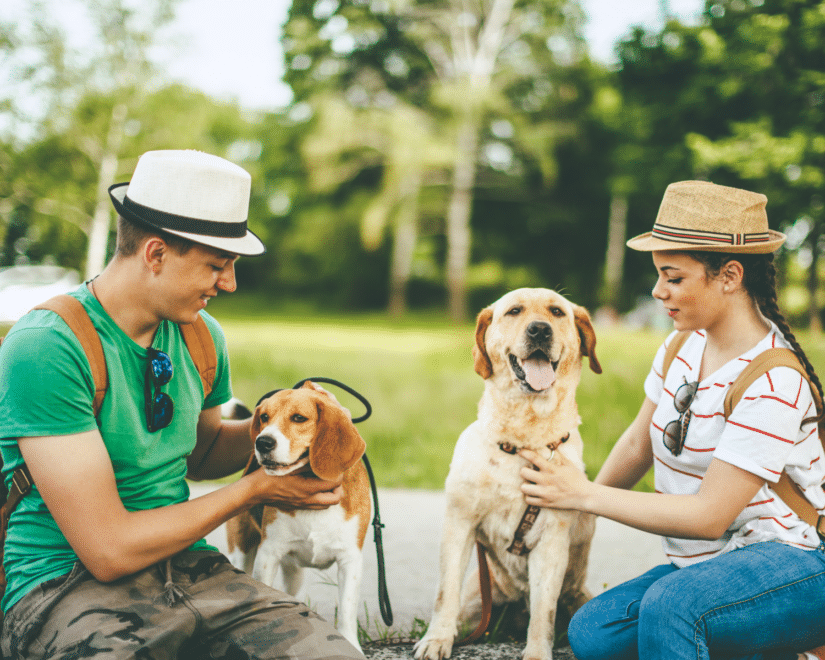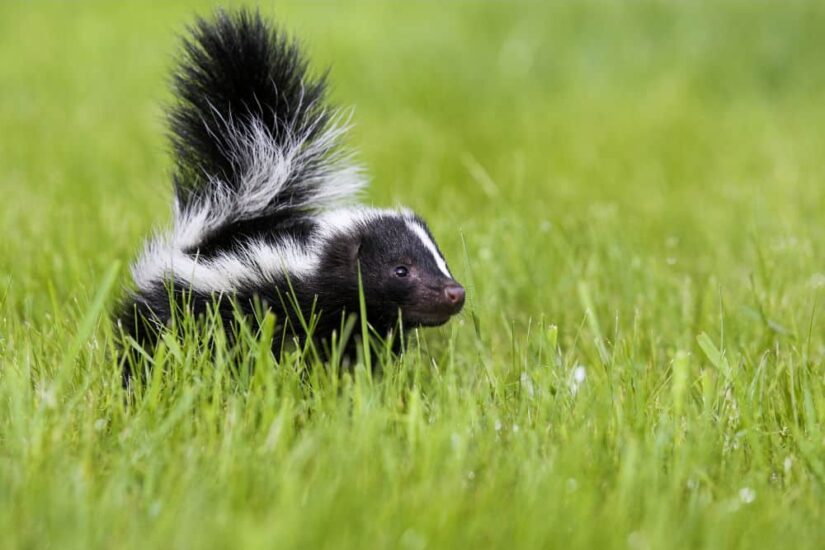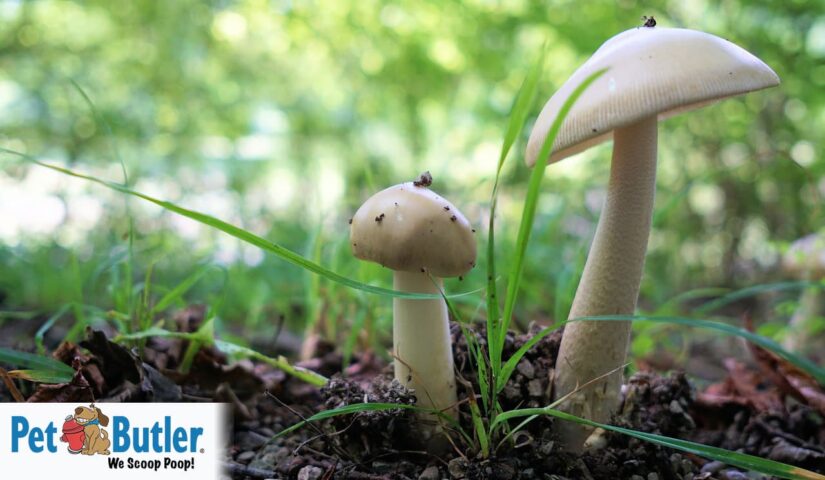Pet-friendly establishments and facilities are on the rise, from new restaurants that have their own pup menus to indoor dog parks nestled in high-rise condo towers, right alongside putting greens and pickleball courts! These days, you’ll find four-legged friends walking beside their human counterparts just about everywhere!
Things to Consider Before Your Doggie Date
Before you begin exploring new venues with your dog, there are considerations to keep in mind.
- Make sure your pet is current on vaccinations, has a negative fecal test for intestinal parasites, and is on flea/tick/heartworm preventative.
- Your pet must be registered with the appropriate jurisdiction. City tags and rabies tags should be visible or at least readily accessible.
- Clear identification on a name tag or collar with a phone number and a first and last name is essential; a microchip provides permanent identification should your pet bolt or a name tag becomes lost.
- Out at night? Reflective collars, leashes and light-up accessories will keep you and your pet out of harm’s way.
- Consider your pet’s temperament. Not all dogs are truly “dog-friendly” and would not be at their best in crowded environments where nose-to-nose contact with other dogs is likely.
- Bring treats to reward your dog for good behavior and to distract them if necessary.
- Don’t assume clean water will be on-site; carry a collapsible bowl, leash, and a jug of water for your pet.
Outdoor Activities with Your Pup
Water Play -If it’s a warm day, what better place to stay cool than a dog beach or pool. Saltwater can be toxic for dogs if consumed in large quantities and not all fresh water sources are safe for swimming. Check your park district or county websites for safe swimming notifications and bring along a safety vest.
Hit the Trails – While the weather is temperate, going on a leashed hike or run can also provide mental and physical stimulation for your pet. Watch the thermometer and stay in the shade when possible. AllTrails lists pet-friendly spots along with park maps, water stations, photos, and difficulty ratings.
Rain or Snow – When inclement weather threatens, no need to worry! For dogs who love the rain, light rain showers can provide the perfect conditions for you and your pet to have dog park to yourself for some off-leash shenanigans and ball tossing. Some breeds, such as the Akita, Husky, and German Shepard love the cold. Snowy days don’t deter many pets from outdoor fun. Keep paws protected with Velcro booties and avoid salted roads.
Indoor Activities with Your Pup
Refreshments and Relaxation – If you’d rather take the fun indoors, try searching for a pet-friendly brew pub or indoor dog park. Venues feature a full bar, air conditioning, and paw-ty packages with refreshments for adult owners are a growing trend.
Work the Mind and Body – Classes such as agility and obedience provide stimulation and promote bonding with your pet. Or get inventive and set up an obstacle course in your own home. PVC pipe, wood, play tunnels and even a foam roller can be used to create an endless variety of play structures and hurdles.
Get Artsy – If your creative juices are flowing, you can get out the non-toxic paints, clay and brushes for some pet-friendly art projects. Put your dog in a sit-stay or distract them with a peanut butter filled chew toy. You can paint your pet or get them in on the action by pressing clean, trimmed paws into the paint and stamping them on the canvas.
Treats for You and Your Pup – The kitchen is another space where you and your dog can spend quality, creative time mixing up tasty treats. Recipes are available for everything from frozen pup cups to and healthy snacks, suitable for human and pet consumption!
Never too busy washing their hair or committed to a work project, pick your pup to share your next date night!
At Pet Butler, we want you and your pet to live your best and healthiest lives, which is why we offer pet waste removal and other services year-round. We offer weekly, bi-weekly, monthly and one-time clean-up services to work with your schedule and needs.










